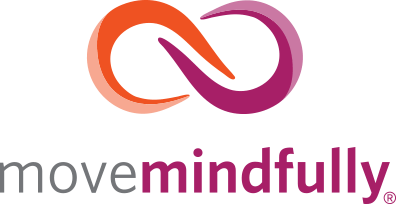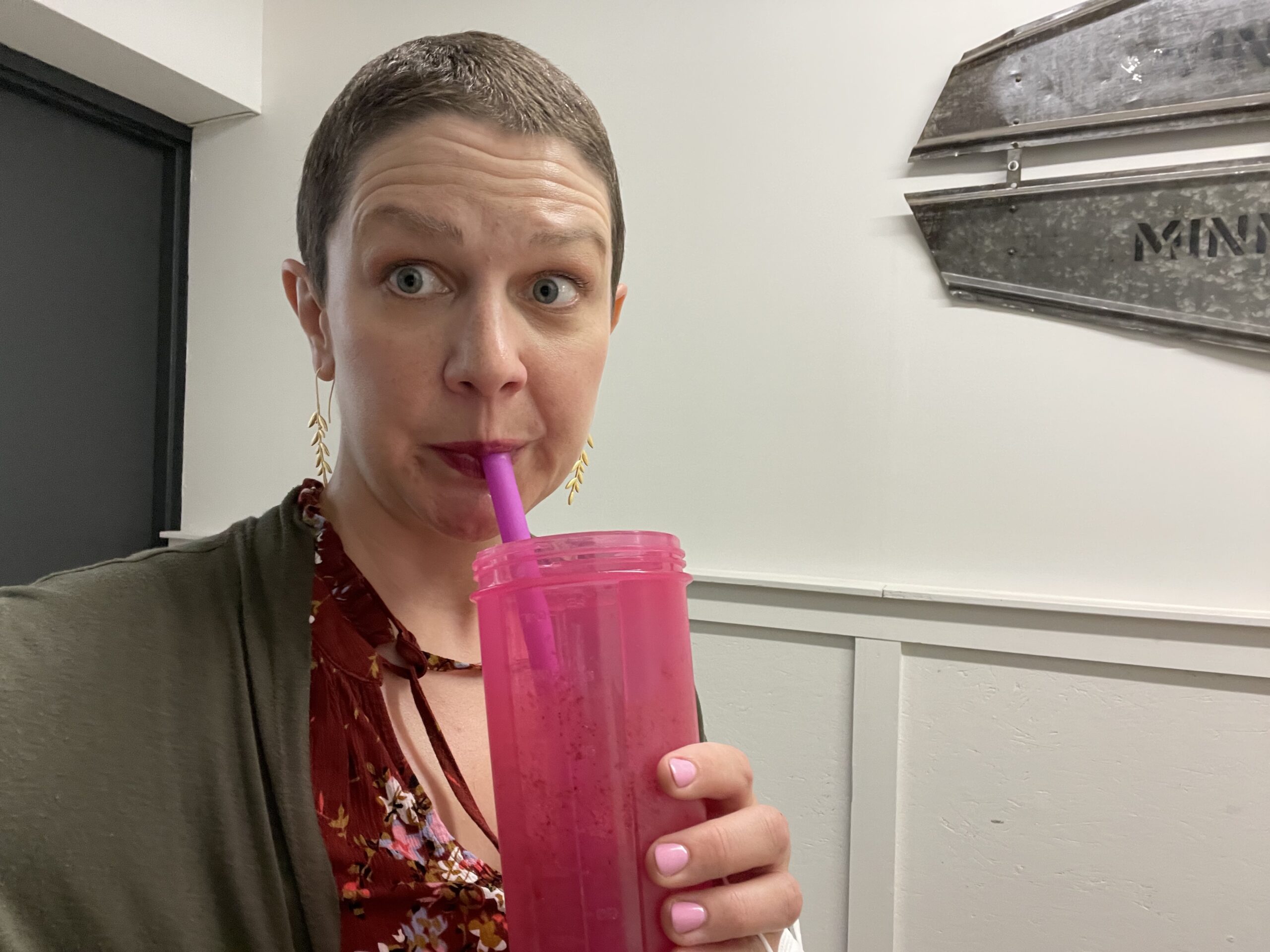As an elementary school teacher, I knew my 30 minute duty free lunch was a consistent block of uninterrupted time. I would shut my classroom door and flutter around the room – filing away finished projects and prepping for the lessons to come. The same scenario played out daily. I’d get caught up in my to-do list, losing track of time, and gasp when the clock warned me I had 5 minutes left. I’d pick up my tupperware, uneaten lunch staring back at me, and furiously inhale its contents as I walked down the hall. I’d laugh as my co-workers emerged from their classrooms, shoveling from their tupperware. We had perfected the 5-minute walking lunch down to a science. I even went through a smoothie phase – to save me valuable chewing time.

The Parasympathetic Nervous System
Since then, I have become much more aware of how important the parasympathetic nervous system is for healthy digestion. When we are stressed (rushing from one thing to the next) our body is not able to move into the “rest and digest” part of our nervous system (parasympathetic). This is why taking REST breaks throughout the day (in addition to the BREATHE-MOVE from our signature practice) is so important.
For me, as a person who is always on the move, REST is often the most challenging to fit into a full daily schedule. So how can we build in these important REST breaks during the day so that we can move into a more relaxed state and promote healthy digestion?
After Lunch REST Break
When bringing my students back to the classroom after lunch, I keep the lights dim for a few minutes of quiet time before starting the next subject. Just one minute of slow breathing helps!
However, expecting students to be still and quiet is unrealistic and doesn’t meet the needs of everyone in the room. We tend to confuse still and quiet with ready to learn. As Dr. Bruce Perry’s neurosequential model of the brain explains, in order to access the Reason (or learning) upper part of the brain, we must first Regulate the base of the brain (fight, flight, freeze) so we can move into the midbrain and Relate through social engagement. It is then that we are able to move into the upper brain for learning.
Playing music is a great way to help students transition from lunch to the next activity. Playing slower paced music – of any genre – gives students something to focus on as they reset and if they hum, sing quietly, or even nod along with the music, they can access a more relaxed/alert state- which is optimal for learning!
Also, showing soothing videos can offer the group a focal point for recharging. I recommend this free resource, nature365.tv for short nature videos.

By building in time to slow down our breathing and take a REST break with a simple nature video or slower-paced music, we are allowing our mind, body and heart to decrease overall stress and get ready to learn and make good choices. Other options to provide this important “downtime” before the next subject could be listening to a story or following a guided relaxation for students like the MoveMindfully Rest Break in our Free Resources.
Co-Regulation
The best part of these practices are that when we provide them for our students, we are benefiting from them ourselves – no more post-lunch heartburn! Even though it may seem like we don’t have a minute, integrating simple practices can calm our nervous system and support not only our digestive health but our mental health, too!
What have you tried, or will you try, for yourself or your students, after the lunch hour?

